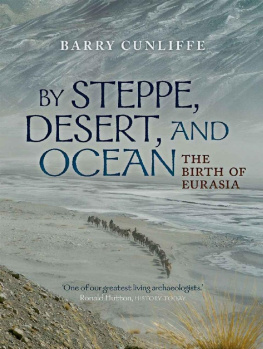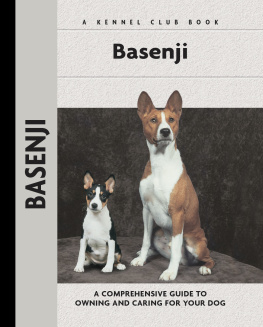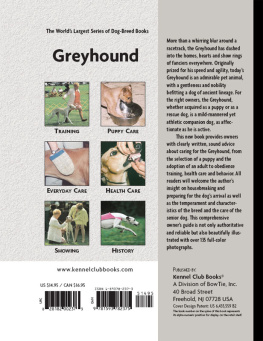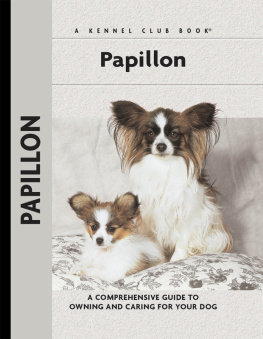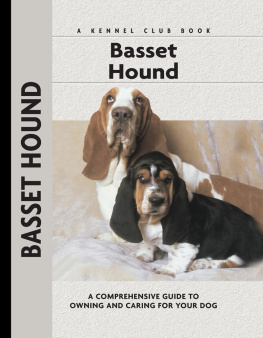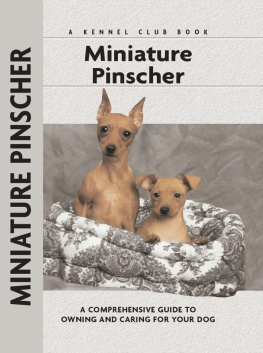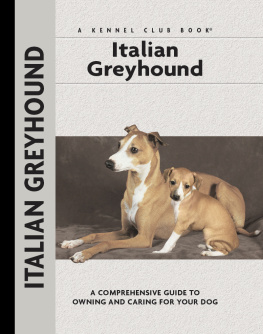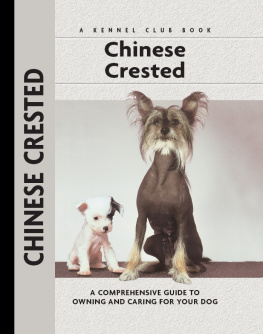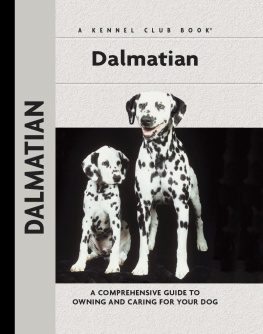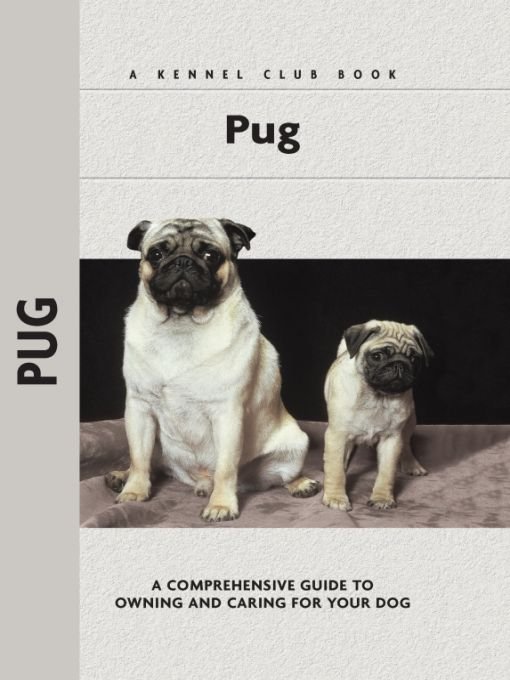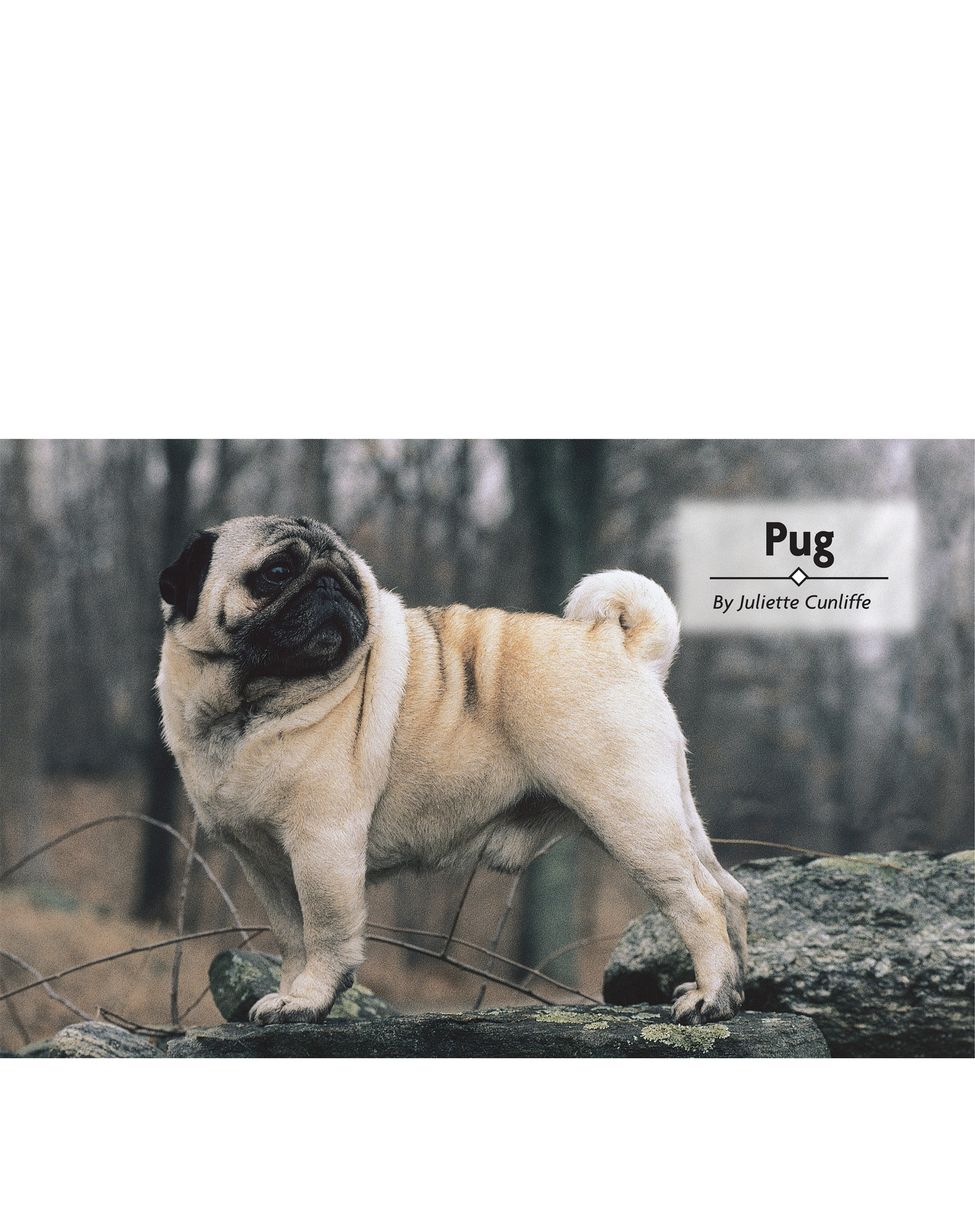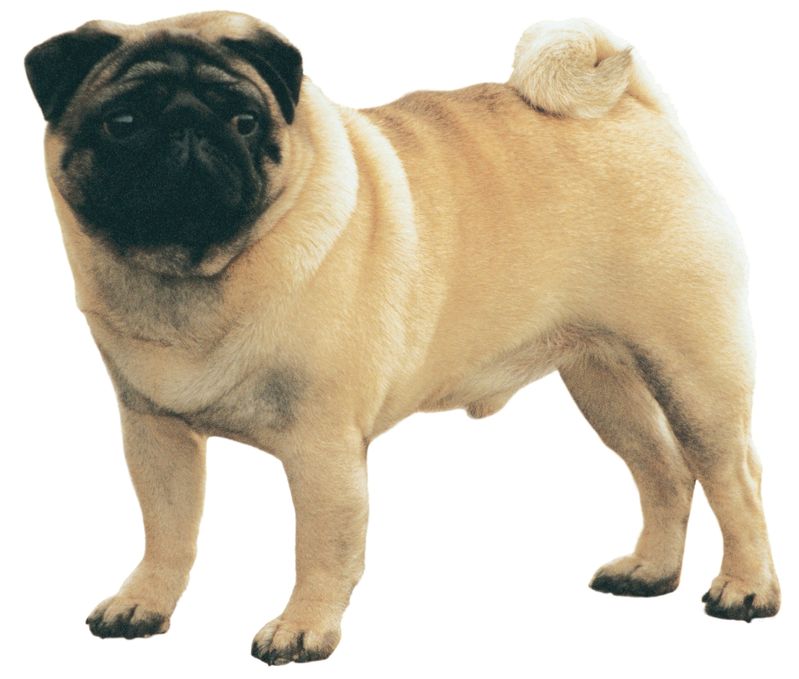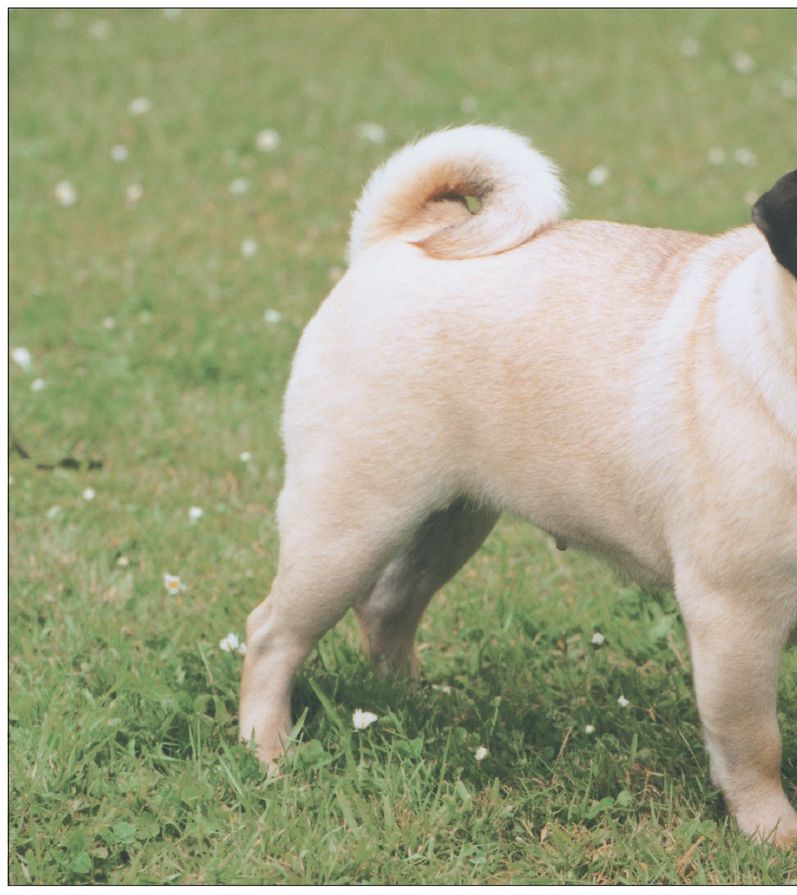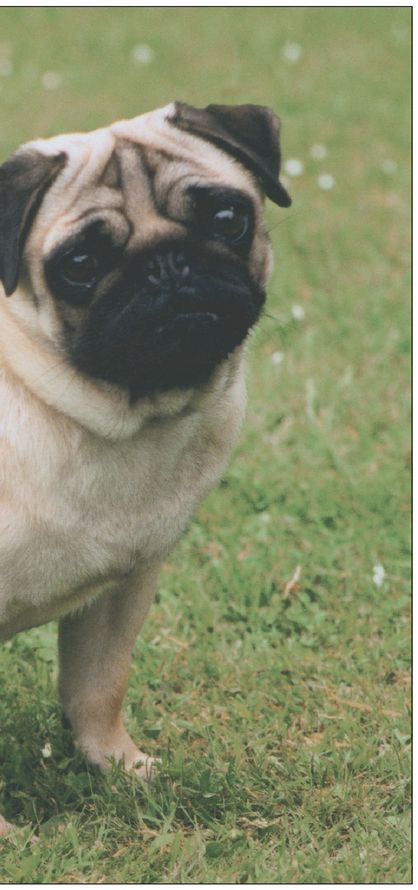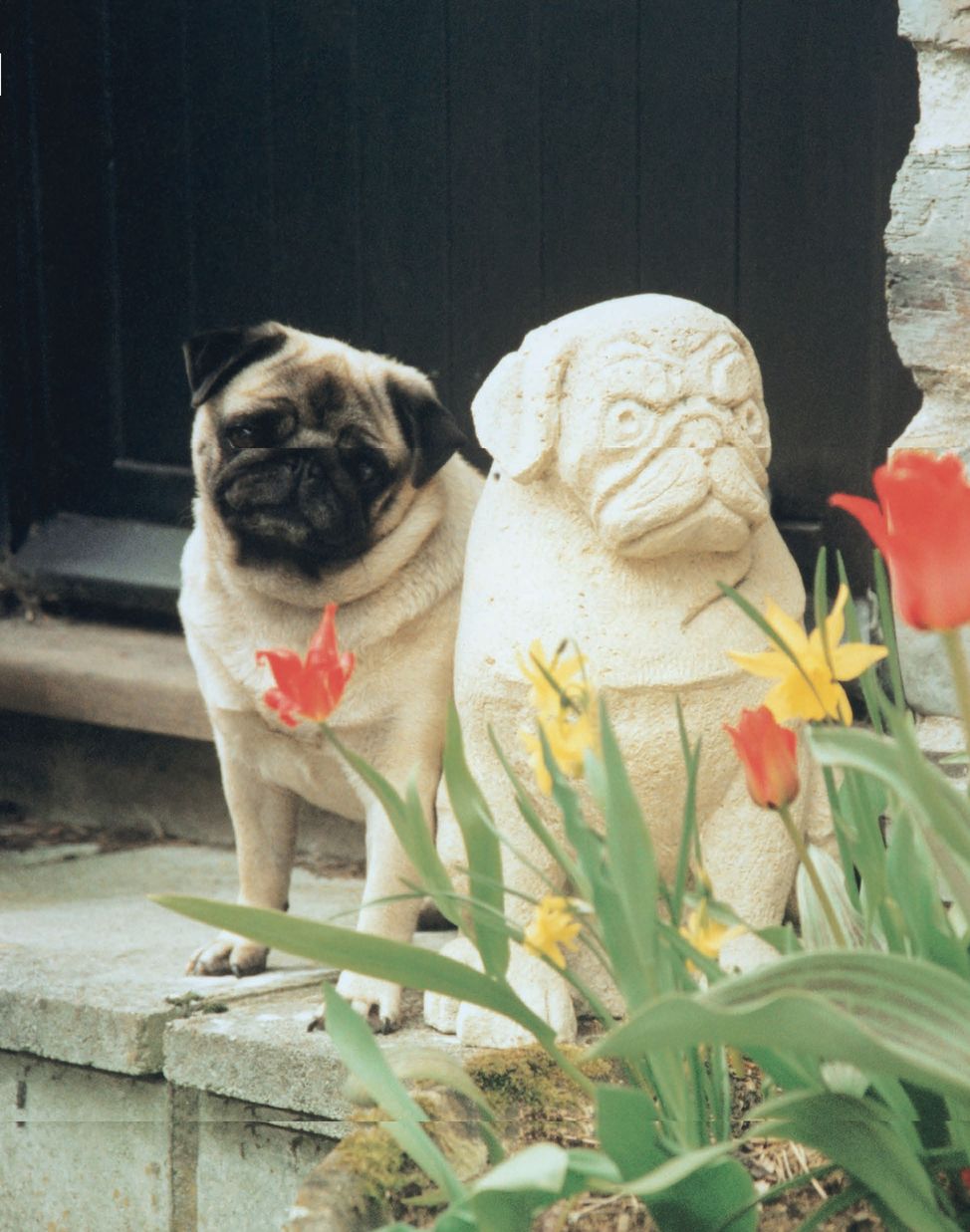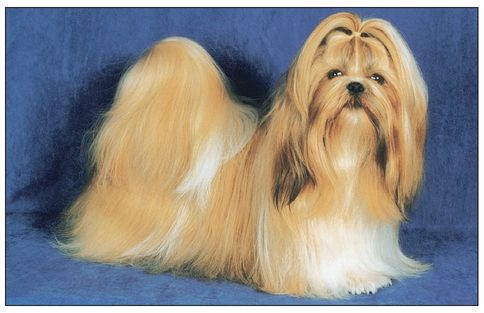Table of Contents
Physical Characteristics of the Pug
(from the American Kennel Club breed standard)
Ears: The ears are thin, small, soft, like black velvet. There are two kindsthe rose and the button. Preference is given to the latter.
Eyes: The eyes are dark in color, very large, bold and prominent, globular in shape, soft and solicitous in expression, very lustrous, and, when excited, full of fire.
Coat: The coat is fine, smooth, soft, short and glossy, neither hard nor woolly.
Head: The head is large, massive, roundnot apple-headed, with no indentation of the skull. The wrinkles are large and deep.
Muzzle: The muzzle is short, blunt, square, but not upfaced.
Bite: A Pugs bite should be very slightly undershot.
Neck: The neck is slightly arched. It is strong, thick and with enough length to carry the head proudly.
Forequarters: The legs are very strong, straight, of moderate length, and are set well under. The elbows should be directly under the withers when viewed from the side. The shoulders are moderately laid back. The pasterns are strong, neither steep nor down. The feet are neither so long as the foot of the hare, nor so round as that of the cat; well split-up toes, and the nails black. Dewclaws are generally removed.
Tail: The tail is curled as tightly aspossible over the hip. The doublecurl is perfection.
Body: The short back is level from the withers to the high tail set. The body is short and cobby, wide in chest and well ribbed up.
Hindquarters: The strong, powerful hindquartershave moderate bend of stifle and short hocksperpendicular to the ground. The hindquarters arein balance with the forequarters. The thighs andbuttocks are full and muscular. Feet as in front.
Color: The colors are silver, apricot-fawn, orblack. The silver or apricot-fawn colorsshould be decided so as to make thecontrast complete between the colorand the trace and the mask.
Whether you believe the Pug is Chinese, Dutch or Greek, and whether you call the breed Pug, Mops or Carlin, you will concur that this is a most fascinating and worthy choice as a pet dog.
HISTORY OF THE PUG
Theories about the origin of the Pug have caused much debate over the years, some thinking the breed to have developed in the Far East, others thinking it developed in Europe. It is now generally accepted that the Pug originated in China, from where it spread to Japan and later to Europe. It is also highly probable that the short-nosed Pug, crossed with other longer-faced European breeds, lies behind many of the other shorter-headed breeds.
In China there has long been a breed of dog known as the Happa (sometimes spelled Ha-pa), which is similar to a smooth-coated Pekingese. Indeed, many people believe that the Happa may be the progenitor of the Pug. Shortmouthed dogs in China are known as Lo-sze, and although they may well have been known there as far back as 1115 BC, there is no record of them until 663 BC. The Lo-sze had clear features distinguishing it from the Pekingese: the muzzle was different, the coat was short and the ears were small and vineshaped. By 732 AD we read of a small short-faced dog, known as the Suchuan pai dog, that was among gifts sent from Korea to Japan.
THE NAME PUG
The word Pai came to be used as the name for this type of dog, and it is possible that to Western ears this name may have resembled the name now used in the West, Pug. In 1731 the word pug was defined in a dictionary as a nickname for a monkey or dog. Marmosets were popular as pets at that time, and the Pugs squashedin face probably caused it to share the same name.
Another possibility is that the name originated from the Latin word pugnus, which means fist, as some people thought that the shape of the Pugs face resembled a clenched fist. The word pug or pugge was also a term of endearment, though it may also be a derivation of Puck, conjuring up Shakespearean images of an impish face.
In some Continental countries, the Pug is still known by the rather quaint name Mops, which comes from the Dutch word Mopshund. The verb mopperen means to grumble, and the name Mops may well have come into use because of the breeds wrinkled, frowning appearance.
In France the name used was Carlin, after a famous 18th-century actor who was renowned for his role as Harlequin. It is thought that the name Carlin was, and still is, used for the Pug in France because of the breeds black mask.
THE BREED IN CHINA
In China, dogs were frequently treated almost like royalty, even with titles of rank being bestowed upon some of them. They were carefully guarded, and many had servants employed to care for them and to see that they enjoyed every comfort. Understandably, the Pug was owned primarily by those within Court circles or from the ruling classes of the country, and often the dogs were treated primarily as ornaments.
The Pug enjoyed great popularity in China at least until the 12th century, but from then on interest appeared to wane and there was little mention of the breed until early in the 16th century.
THE PUG COMES WEST
It is now generally accepted that the Pug originated in the Orient and eventually appeared in Europe, much resembling the breed known there today. Many people believe that the Pug descended from the mastiff breeds, with ancestors such as the fighting dogs of ancient Greece. Certainly in Europe there were some extraordinary crossmatings in years gone bywith the Bulldog, among othersbut in China the aim was certainly to breed dogs as true to type as possible. It is these that formed a firm foundation for todays Pug.
Since arriving to the West, the Pug has changed considerably in conformation. This modern Pug is posing with a Victorian plaster model that may reveal some of the Continental crosses to Bulldogs.
Like the Pug, the Shih Tzu, another Chinese breed, once found favor with royalty around the world and today is counted among the worlds most popular toy breeds.
Before reaching the West, the Pug was popular throughout Asia and it seems to have wended its way to Europe via Russia. The aunt of Russias Catherine the Great was reputed to have kept a score of Pugs and the same number of parrots in a single room. Perhaps equally fascinating is the picture conjured up in our minds when we learn that several of this Princesss dogs always accompanied her to church.


